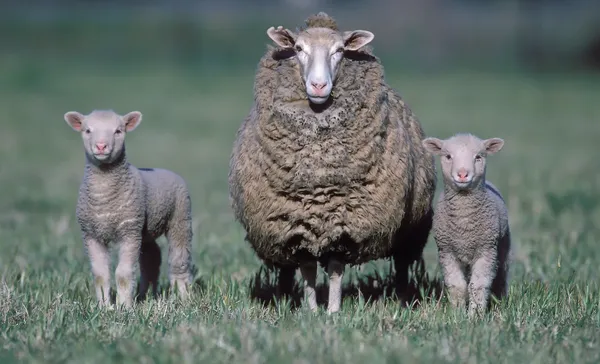Twin Lamb Disease
Twin Lamb Disease, also known as Pregnancy Toxaemia or Ketosis, is a common metabolic disorder in sheep, particularly affecting ewes carrying multiple lambs. This condition arises when the energy demands of the growing fetuses exceed the energy intake of the ewe, leading to a negative energy balance. This article will guide you through the symptoms, diagnosis, treatment, and prevention of Twin Lamb Disease.

Symptoms and diagnosis of Twin Lamb Disease 🩺
Early Signs
Ewes affected by Twin Lamb Disease may exhibit early signs such as:
- Separating from the flock
- Appearing blind or disoriented
- Loss of appetite
- Becoming recumbent (lying down and unable to get up)
Ewes at high risk include those that are either too thin or too fat, those with concurrent diseases, and those that have experienced a sudden change in diet.
Diagnosis
Diagnosis is typically based on clinical signs and blood tests. Affected ewes will have high levels of ketone bodies and low levels of blood glucose. Your vet can perform a metabolic profile to confirm the diagnosis.
How to treat Twin Lamb Disease 💊
Treating Twin Lamb Disease can be challenging, and early intervention is crucial. Here are some treatment options:
- Encourage the ewe to eat high-quality forage.
- Administer a drench containing propylene glycol to restore glucose levels.
- Your vet may provide an intravenous glucose injection.
- In severe cases, inducing lambing with corticosteroids may be necessary.
Note: Ewes that are recumbent need regular attention to maintain circulation in their leg muscles and prevent skin damage from urine scalding. Gentle nursing and regular turning can aid in their recovery.
How to prevent Twin Lamb Disease 🛡️
Prevention is always better than cure. Here are some steps to prevent Twin Lamb Disease:
- Ensure ewes receive adequate nutrition, especially during the last six weeks of pregnancy.
- Monitor body condition and adjust feed accordingly to avoid ewes becoming too thin or too fat.
- Provide a balanced diet with sufficient energy to meet the demands of the growing fetuses.
- Minimize stress and avoid sudden changes in diet.
- Regularly check blood ketone levels as part of a pre-lambing metabolic profile.
By following these guidelines, you can help ensure the health and well-being of your ewes and their lambs. If you suspect Twin Lamb Disease in your flock, consult your veterinarian promptly for advice and treatment.

